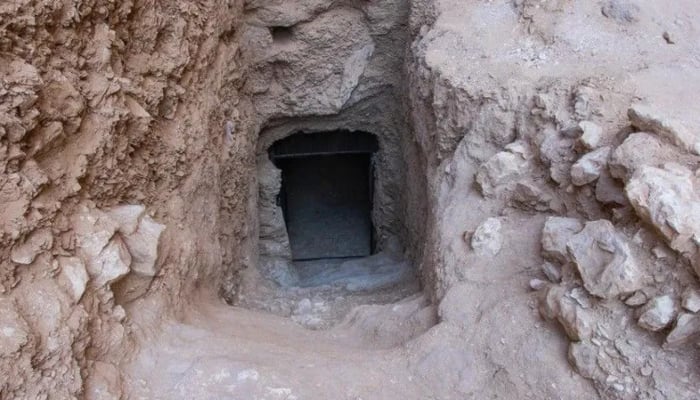
An ancient Egyptian King Thutmose II tomb has been uncovered in a “remarkable” discovery.
According to CNN, Egypt’s Ministry of Tourism and Antiquities said that the tomb of the king who reigned sometime between 2000 and 1001 BCE was unearthed during a joint Egyptian-British archaeological mission.
The tomb of the ancient Egyptian king was found about 2.4 kilometres (1.5 miles) in the west of the Valley of Kings in Egypt’s Luxor region.
Mohammad Ismail Khaled, secretary general of the Supreme Council of Antiquities, said in a release that the entrance and main corridor of the tomb were first discovered in 2022, but at that time it was believed that it belonged to one of the wives of the kings. It was believed that it was Queen Hatshepsut and King Thutmose III’s wives tomb.
But after a joint mission led by the Supreme Council of Antiquities and the New Kingdom Research Foundation revealed that the tomb actually belongs to Thutmose II.
Moreover, Piers Litherland, field director at the New Kingdom Research Foundation, told CNN, “We, like many others, thought this was a wadi (valley) associated with royal women. The tomb is situated in a poorly chosen place beneath two waterfalls and at the bottom of a slope down which water would have (and did) pour in the much wetter weather of the 18th dynasty.”
The evidence that proved that it was Thutmose II's tomb included pieces of jars made of a stone called alabaster with his name written on them, calling him the "deceased King," and inscriptions with the name of his wife and half-sister, Queen Hatshepsut.
Furthermore, the discovery of the tomb is considered a major milestone in archaeology, as the artefacts of the tomb will provide insights into the king’s reign.
















